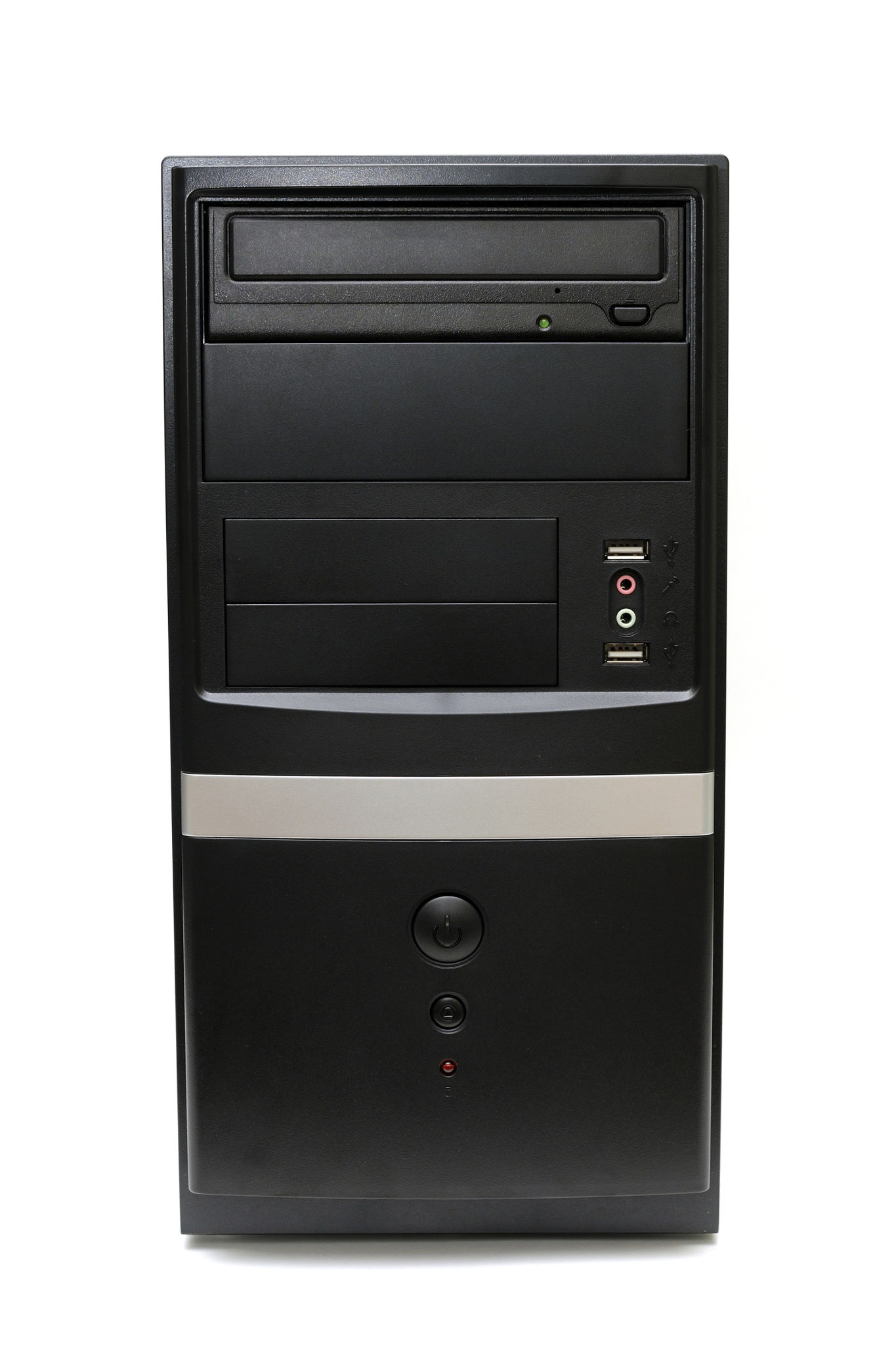How to Install a Magnet in Your Computer Case for Optimal Airflow
Understanding the Importance of Airflow in Your Computer Case
Maintaining optimal airflow within your computer case is crucial for ensuring the longevity and performance of your components. Proper airflow helps in dissipating heat effectively, preventing overheating, and maintaining the overall health of your system. One innovative way to enhance airflow is by strategically placing magnets inside your computer case. This method allows you to attach fans or other components in non-traditional positions, optimizing the airflow path.

Choosing the Right Magnets
Before you begin the installation process, it's important to choose the right type of magnets. You'll want to use neodymium magnets due to their strong magnetic properties and small size. These magnets are perfect for securely holding fans and other components in place without taking up much space. However, be cautious as neodymium magnets can be brittle and should be handled with care to avoid damage.
Considerations for Magnet Strength
When selecting magnets, consider the weight of the components you plan to attach. The magnet should be strong enough to hold the component securely but not so strong that it becomes difficult to adjust or remove. It's also important to ensure that the magnets do not interfere with your computer's electronic components. Keep magnets away from hard drives and other sensitive areas to prevent potential data loss or damage.
Preparing Your Computer Case
Once you have your magnets, the next step is to prepare your computer case for installation. Start by shutting down your computer and disconnecting all cables. Open the case and clean the interior thoroughly to remove any dust or debris that might obstruct airflow. This is also a good opportunity to organize cables to further enhance airflow efficiency.

Identifying Optimal Magnet Placement
To determine the best placement for your magnets, first identify the areas where airflow is most restricted. Typically, these are corners or sections of the case where cables or other components block air paths. Use a piece of paper to map out potential magnet locations, ensuring they are placed in a way that maximizes airflow from intake to exhaust fans.
Installing the Magnets
With your plan in place, it's time to install the magnets. Carefully attach the magnets to the pre-identified spots inside your case. If you're using them to hold fans, make sure they are aligned properly to direct airflow in the desired direction. Use double-sided adhesive if necessary to secure the magnets in place, especially if the surface of the case is not entirely flat or smooth.
Testing and Adjustments
After installation, power on your computer and monitor the airflow. You may need to make adjustments to the magnet positions to achieve the best results. Use software tools to check the temperature of your components and ensure that the airflow improvements are having the desired effect. It's normal to go through a few iterations to find the perfect setup.

Maintaining Optimal Airflow
Once you've installed the magnets and optimized your airflow, regular maintenance is key to maintaining these benefits. Periodically clean your case and check the magnet positions to ensure they haven't shifted. Additionally, keep an eye on your computer's temperature readings to catch any potential issues early.
By following these steps, you can effectively use magnets to enhance the airflow in your computer case, ensuring that your components remain cool and your system runs efficiently. This simple yet effective modification can lead to improved performance and a longer lifespan for your computer.